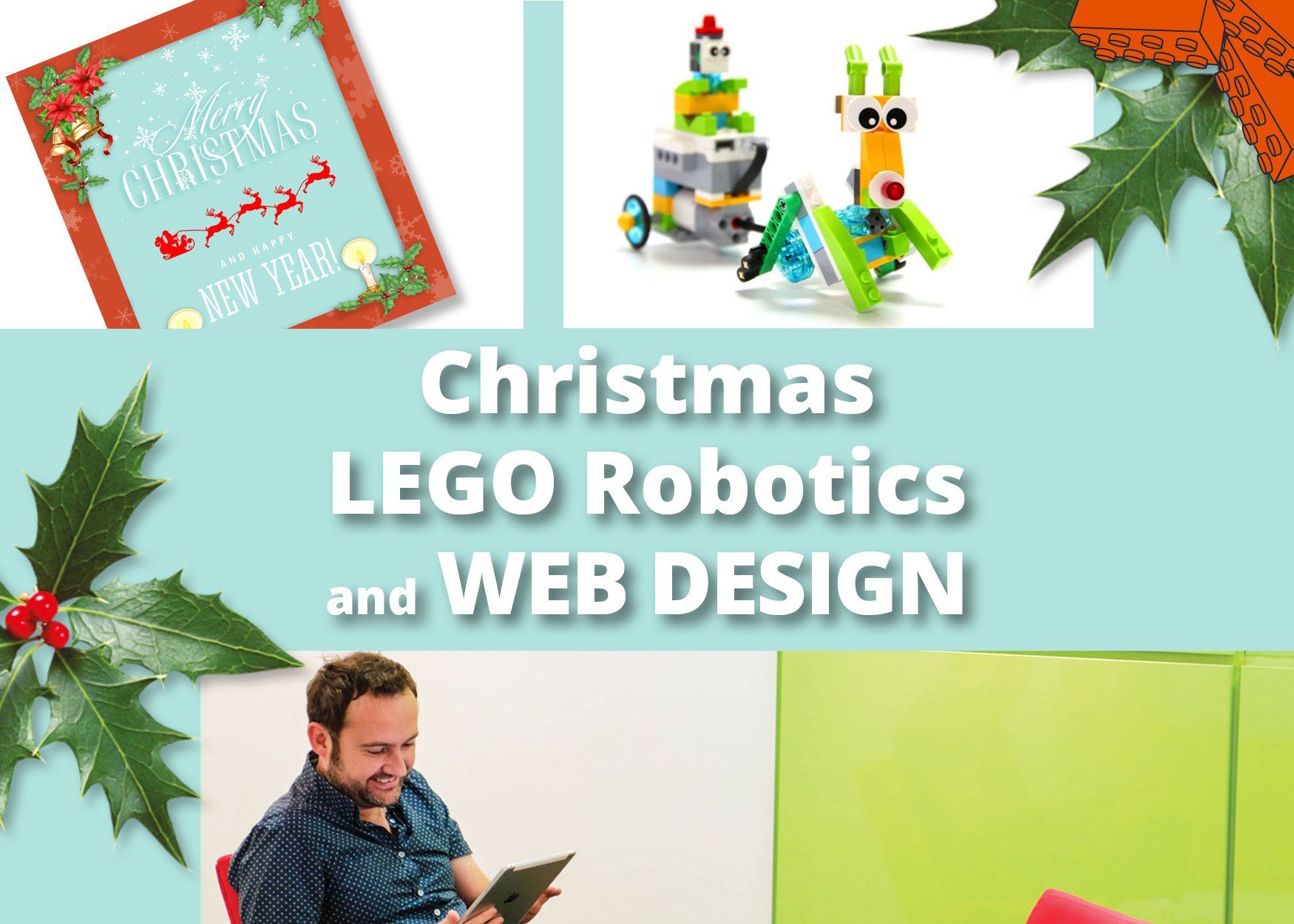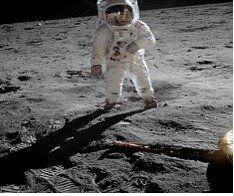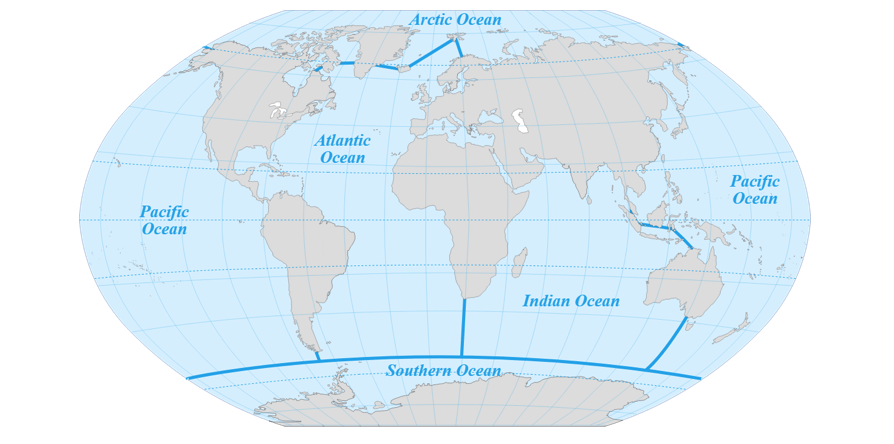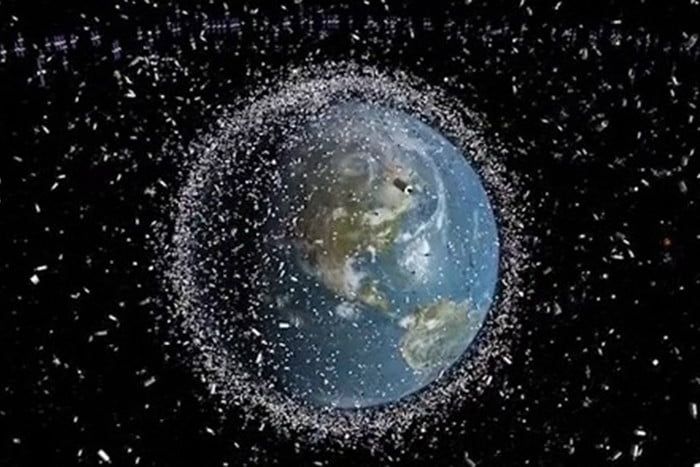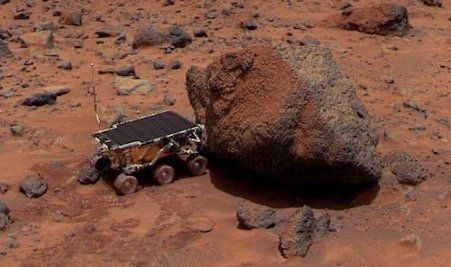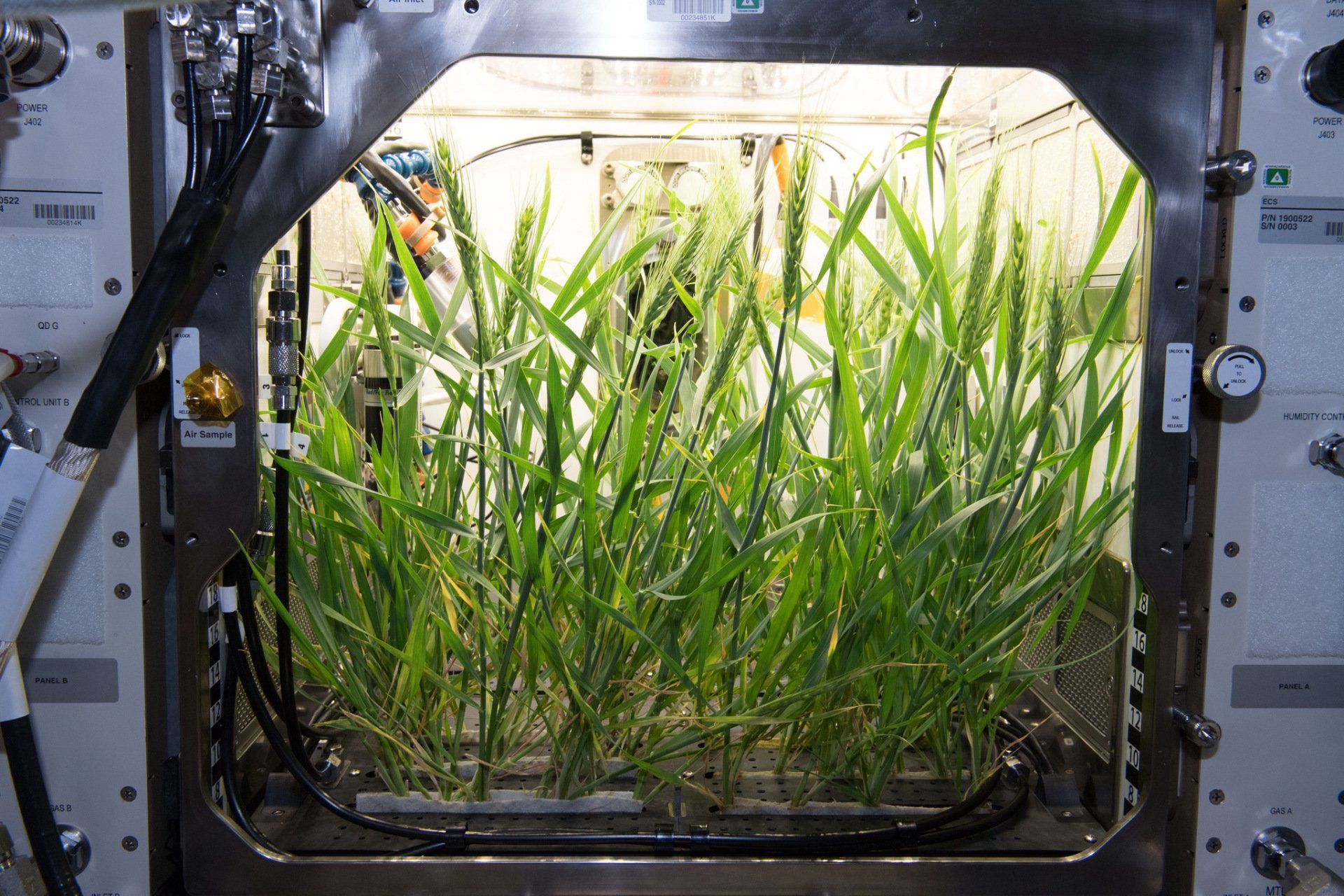How Do Rockets Work?
Rockets! Everyone knows what they are but how do they actually work? Can rockets look different to others? Did you know you can make your own rocket at home?
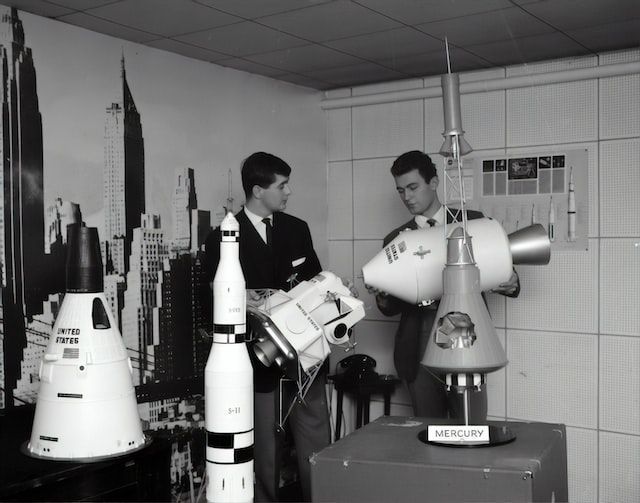
There are so many different types of rockets today, but they all generally work on a very simple principle. What goes in must come out! To put this more accurately. Rockets follow Newton’s third Law of Motion which is for every action, there is an equal and opposite reaction. Burning rocket fuel pushes exhaust gases downwards. The opposite reaction is a force that pushes the rocket upwards.

Did you know that for a rocket to escape Earth’s gravity, it must be travelling at least 7 miles per second?
There are 4 main parts of a rocket!
1.The Nose Cone: this is usually at the top of the rocket which is why its called the nose cone. It is used to carry payload and cargo like astronauts and satellites.
2.The Fins: these parts stick out from the body of the rocket and are needed to keep the rocket flying straight. If a rocket did not have fins, then it would tumble and turn out of control during flight.
3.The Rocket Body: this part of the rocket holds the fuel and engine of the rocket. The fins are also attached to the rocket body.
4.The Engine: the engine is used to burn something called propellant. The propellant is a mix of the rocket fuel and oxidizer. The oxidizer is needed for a rocket because oxygen is needed to burn fuel. Since there is no oxygen in space, the rocket would not be able to work without the oxidizer.

The journey of a rocket from Earth to space is done in stages. This is because of the huge amount of fuel that is needed to launch the rocket. The Saturn V rocket used 770,000 litres of fuel in just its first stage of launch!
Did you know that when Saturn V launched, it cost $1.23 billion in today’s value? This is very expensive and one of the reasons is because of re-usability. Rockets can’t be re-used like airplanes can. The components that are used to launch the rocket into space like boosters do not usually survive the fall back to Earth once they have done their job. But SpaceX is currently developing re-useable rockets which would make space travel a lot cheaper. They are doing this by making boosters that can land themselves. Look!
https://www.youtube.com/watch?v=Tkk9VIKWw2w
Can you think of other ways that could make a rocket re-useable?
Challenge time: I want you to design your own rocket and name the components of your rocket! You can do this by drawing it or even making it at home! Send in your rockets for us to see!
If you need help, take a look at this video about making your own homemade rocket but remember to do this with an adult!



